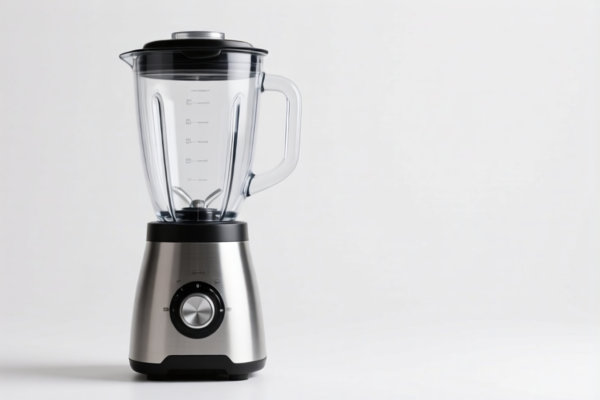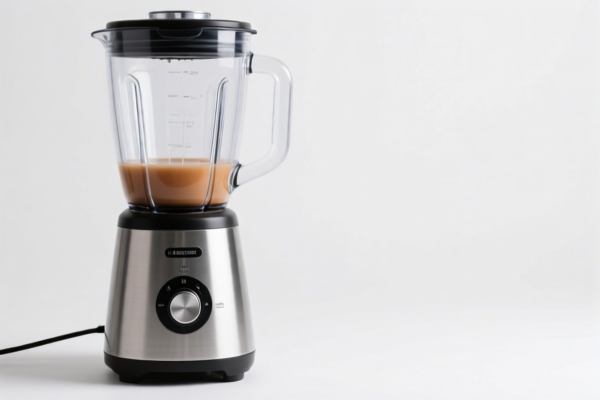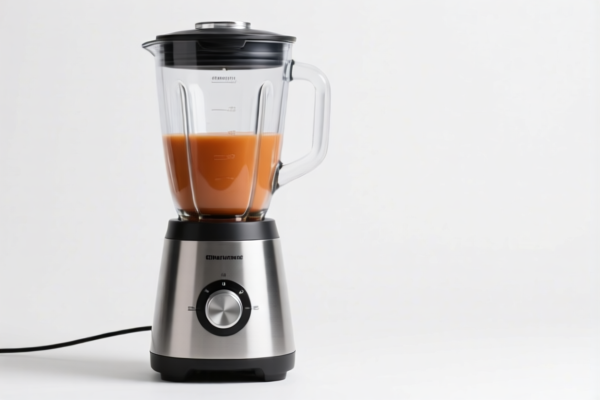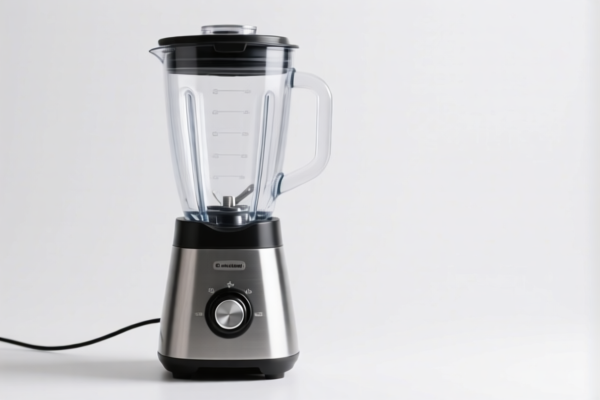| HS Code | Official Doc | Tariff Rate | Origin | Destination | Effective Date |
|---|---|---|---|---|---|
| 8210000000 | Doc | 58.7% | CN | US | 2025-05-12 |
| 7615109100 | Doc | 65.6% | CN | US | 2025-05-12 |
| 3926909989 | Doc | 42.8% | CN | US | 2025-05-12 |




Declaration Analysis: MIXER ACCESSORIES - HS Code Breakdown & Import Considerations
This report details the HS codes provided for “MIXER ACCESSORIES” and outlines the associated import duties and key considerations for customs clearance. We'll break down each HS code, explain its meaning, and highlight potential areas requiring further attention.
Important Note: The accuracy of this analysis depends heavily on the precise composition and function of the “MIXER ACCESSORIES”. The following assumes the descriptions provided are fully representative of the goods.
1. HS Code: 8210.00.00.00 – Hand-operated Mechanical Appliances for Food/Drink Preparation
- Chapter 82: Mechanical appliances (excluding those of heading 84.37); parts thereof. This chapter covers a wide range of hand tools and appliances.
- 8210: Hand-operated mechanical appliances, weighing 10 kg or less, used in the preparation, conditioning or serving of food or drink. This specifically targets items like manual food processors, whisks, beaters, etc.
- 8210.00: This is a further specification within the category, covering all hand-operated appliances meeting the weight and function criteria.
- 8210.00.00: The most detailed level, indicating all items within this specific classification.
Tax Details:
- Basic Duty: 3.7%
- Additional Tariff: 25.0% (Currently) / 30.0% (After April 2, 2025)
- Total Tax: 58.7%
Key Considerations:
- Weight Verification: Ensure each accessory individually weighs 10 kg or less. If any exceed this weight, a different HS code may be required.
- Material Composition: The base metal parts are included in this code. However, if the parts are made of a special alloy or have a significant value, it might affect the classification.
- Functionality: Confirm the accessories are specifically for preparing, conditioning, or serving food/drink. Accessories with broader applications might fall under a different category.
2. HS Code: 7615.10.91.00 – Table, Kitchen or Household Articles of Aluminum
- Chapter 76: Aluminum and aluminum alloys. This chapter covers products made from aluminum.
- 7615: Table, kitchen or other household articles and parts thereof, of aluminum.
- 7615.10: Table, kitchen or other household articles and parts thereof; pot scourers and scouring or polishing pads, gloves and the like.
- 7615.10.91: Other (specifically excluding certain listed items).
- 7615.10.91.00: The most detailed level, covering all other aluminum household articles not specifically classified elsewhere.
Tax Details:
- Basic Duty: 3.1%
- Additional Tariff: 7.5% (Currently) / 30.0% (After April 2, 2025) + 25% for steel/aluminum products.
- Total Tax: 65.6%
Key Considerations:
- Material Purity: Confirm the accessories are primarily made of aluminum. If other metals are significant components, a different HS code may be necessary.
- Alloy Specification: The type of aluminum alloy used could be relevant.
- Part vs. Whole: If the accessories are parts for a larger aluminum appliance, the classification might change.
3. HS Code: 3926.90.99.89 – Other Articles of Plastics
- Chapter 39: Plastics and articles thereof.
- 3926: Other articles of plastics and articles of other materials of headings 3901 to 3914. This covers a broad range of plastic products.
- 3926.90: Other.
- 3926.90.99: Other.
- 3926.90.99.89: The most detailed level, covering all other plastic articles not specifically classified elsewhere.
Tax Details:
- Basic Duty: 5.3%
- Additional Tariff: 7.5% (Currently) / 30.0% (After April 2, 2025)
- Total Tax: 42.8%
Key Considerations:
- Plastic Type: The specific type of plastic used (e.g., polypropylene, polyethylene) might be relevant.
- Material Composition: If the accessories contain significant amounts of materials other than plastic, a different HS code may be required.
- Functionality: Confirm the accessories are primarily made of plastic and their function.
Recommendations:
- Detailed Product List: Provide a comprehensive list of each accessory, including its material composition, weight, and precise function.
- Material Certificates: Obtain material certificates to verify the composition of the accessories.
- Single Invoice: Ensure each shipment has a single, detailed invoice listing all items and their corresponding HS codes.
- 2025 Tariff Changes: Be aware of the upcoming tariff changes on April 2, 2025, and factor them into your import costs.
- Certification: Depending on the intended use of the accessories (e.g., food contact), you may need to obtain specific certifications (e.g., FDA compliance).
Disclaimer: This analysis is based on the information provided and is for general guidance only. It is recommended to consult with a qualified customs broker or import specialist for accurate classification and compliance.
Customer Reviews
The information on the 2025 tariff changes is a good reminder to plan ahead. I wish the page had more examples of how to apply these codes in real situations, but it's still a solid resource.
The 3926.90.99.89 HS code explanation was spot-on. The 42.8% tariff rate and material considerations made this a must-read for importing plastic mixer accessories.
I found the details on the 7615.10.91.00 HS code useful, especially the note about verifying the material is primarily aluminum. The tax breakdown was helpful too.
The breakdown of HS Code 8210.00.00.00 was very clear and helpful for understanding the tariff rate of 58.7%. Great for importing mixer accessories.